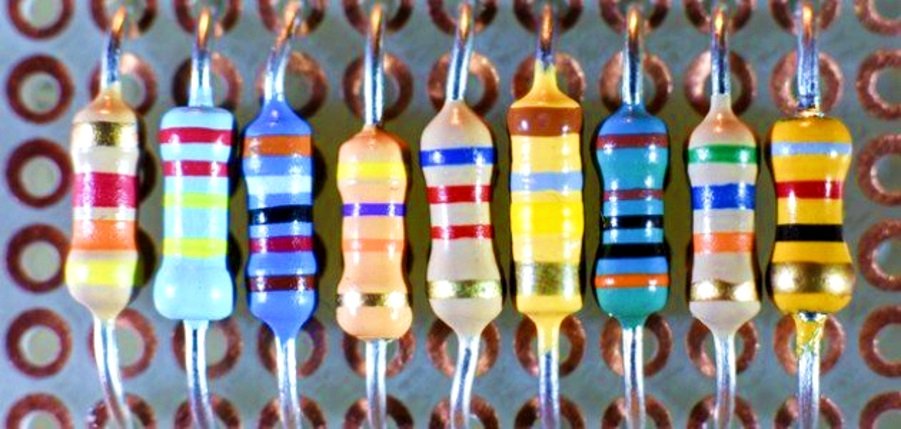Ohm’s law states that the voltage generated across a conductor is directly proportional to the electric current passing through it while maintaining all physical surroundings and maintaining a constant temperature.

Ohm’s Law – A Simple Explanation
Ohm’s Law is a mathematical relationship between electric current and voltage resistance. The law is named after the German scientist Georg Simon Ohm.
In direct current electrical circuits, Ohm’s law is simple and linear, the relationship is easy and simple, the greater the voltage or the less resistance, the greater the flowing current, and the increase in resistance limits the passage of current, and Ohm’s law is referred to by this symbol Ω.
Ohm’s law definition
Ohm’s law states that the voltage generated across a conductor is directly proportional to the electric current passing through it, while maintaining all physical surroundings and maintaining a constant temperature.
In other words, Ohm’s law states that the current passing through a resistance is directly proportional to the value of the voltage applied to the resistance and inversely to the value of the resistance. Flow is the current measured in amperes, and mathematically this relationship is represented as follows:
- Voltage = current x resistance
- Or: Current = Voltage / Resistance
Ohm’s law explained
Ohm’s law is one of the most important laws of physics that are used in electronic and electrical circuit applications. This law can be summarized as if an electric current of one ampere passes through an element whose resistance is one ohm, the voltage will be one volt. From this, we conclude that by knowing and measuring two circuit determinants, all other determinants can be measured using Ohm’s Law.
The method of connecting the resistors in the electrical circuit affects the method of calculating the amount of total resistance, so the total resistance is calculated as follows:
Connecting the resistors in series: In this case, the resistors can be converted into one total resistance whose value is equal to the values of all the resistors, by adding the values of these resistors. When a voltage is applied to the resistors connected in series, the value of the current passing through all the resistors is constant.
Connecting resistors in parallel: where the value of the equivalent total resistance of all resistors is less than the smallest connected resistance, and it is calculated by the following equation:
1/ total resistance = 1/ first resistance + 1/ second resistance + 1/ third resistance + …. and so on for all resistances.
Connecting multiple resistors: where the electrical circuit contains resistors connected in series and others in parallel, and this connection is more complex than the first and second connection, as the circuit must be simplified and the resistors connected in parallel with each other must be calculated to form one resistance. And we calculate like this for every two resistors connected in parallel, until we get a simplified circuit that contains only resistors connected in series, and we calculate the total resistance as in the first point in the series connection by adding the values of the resistors only.





